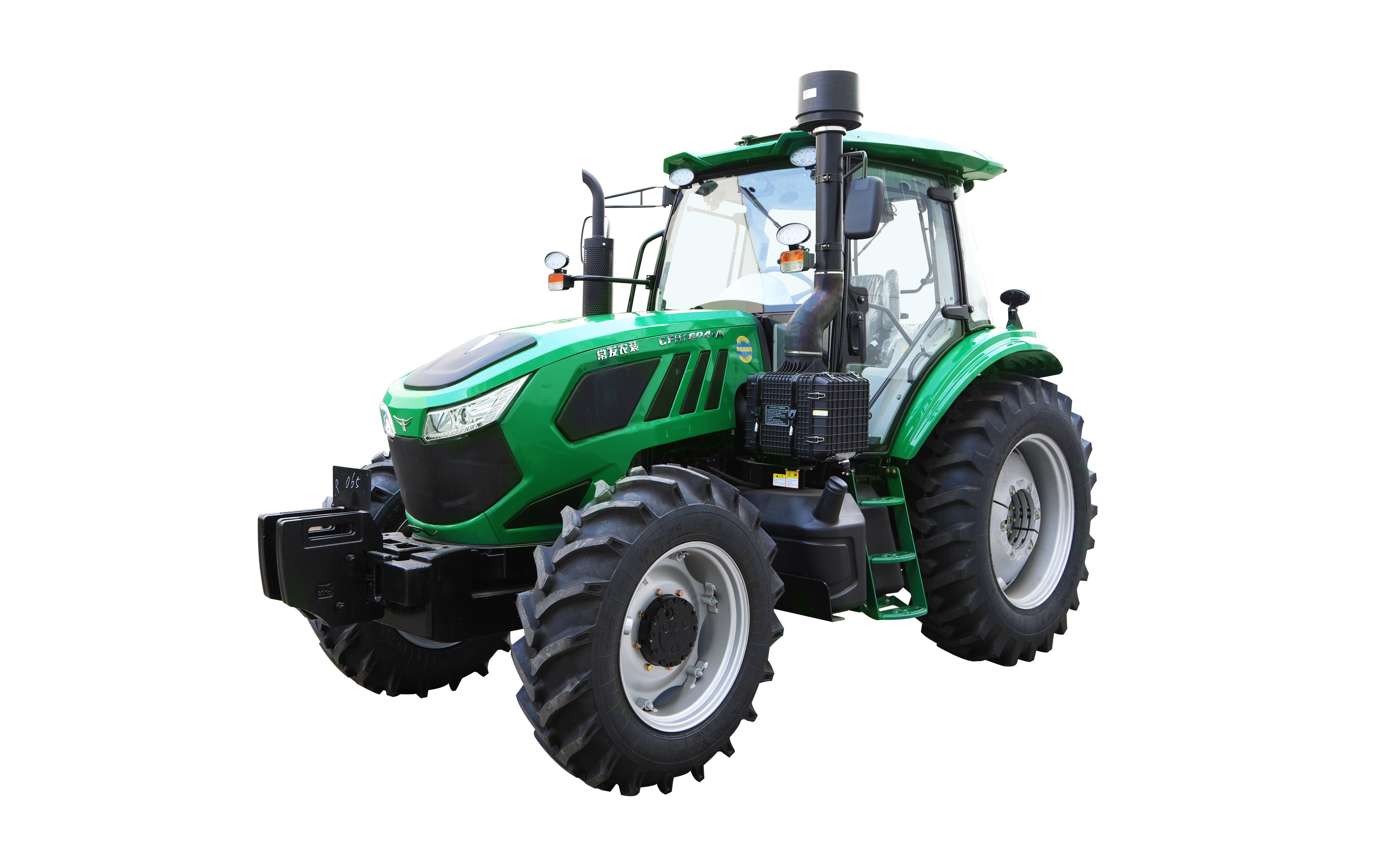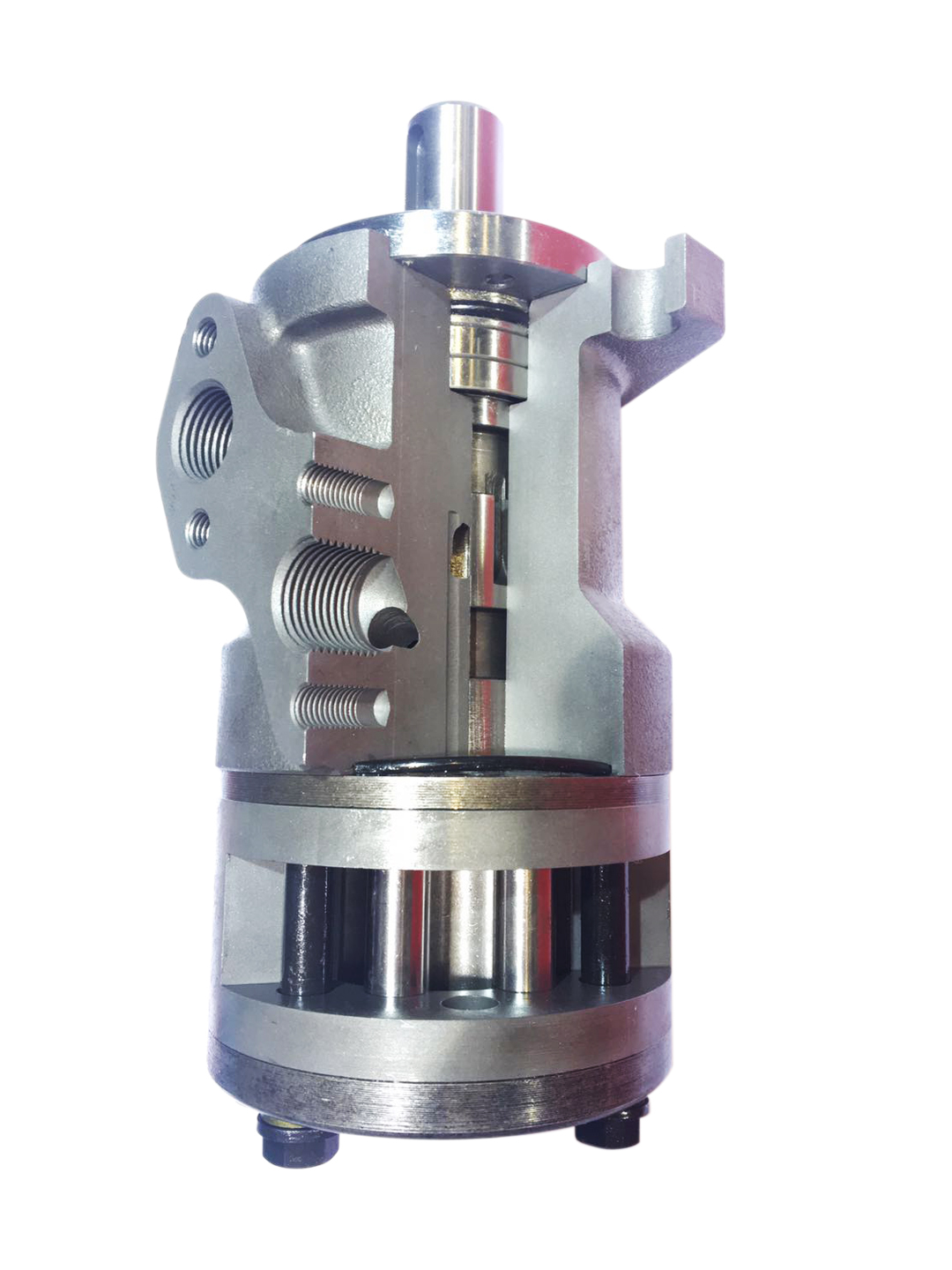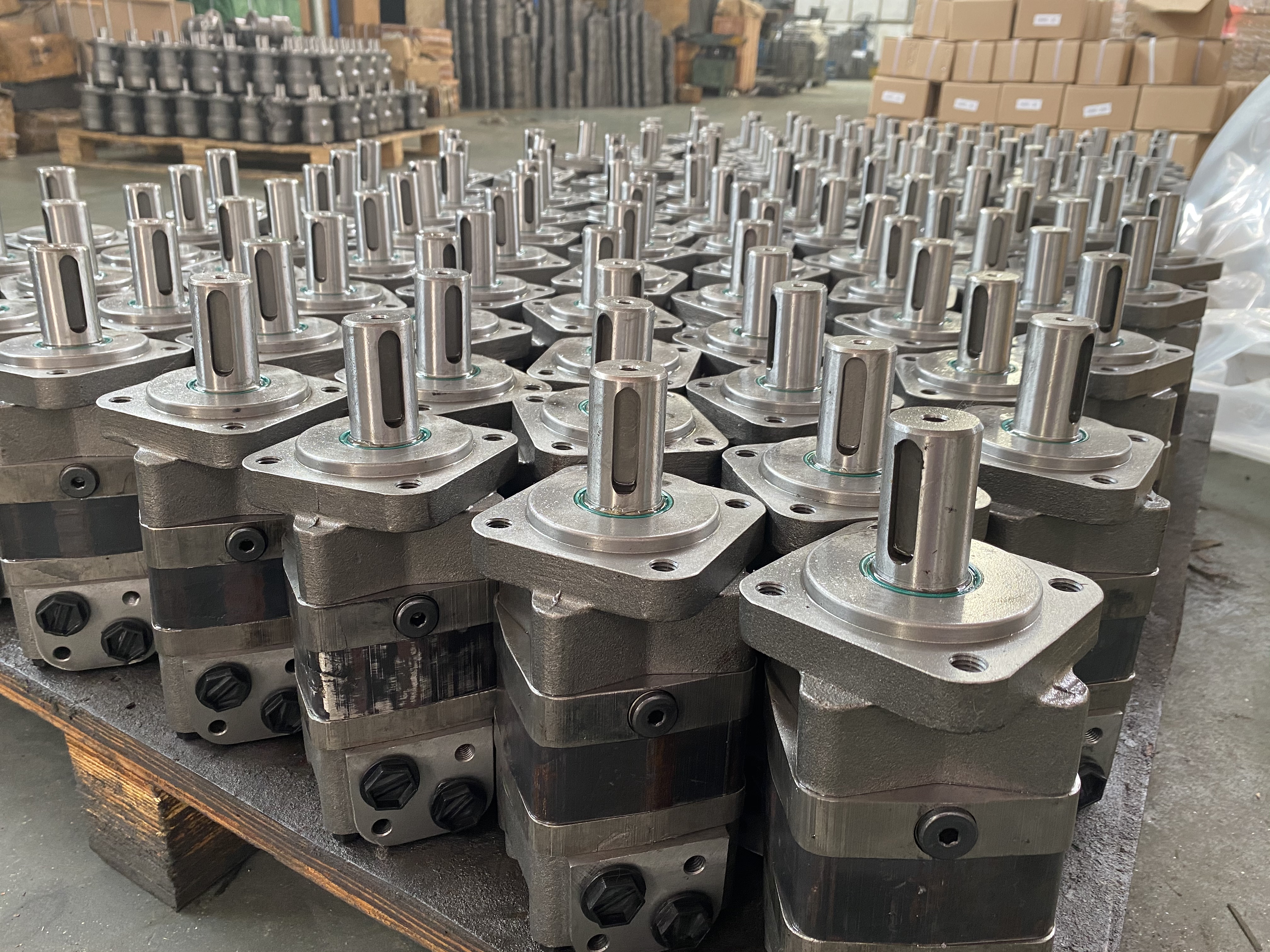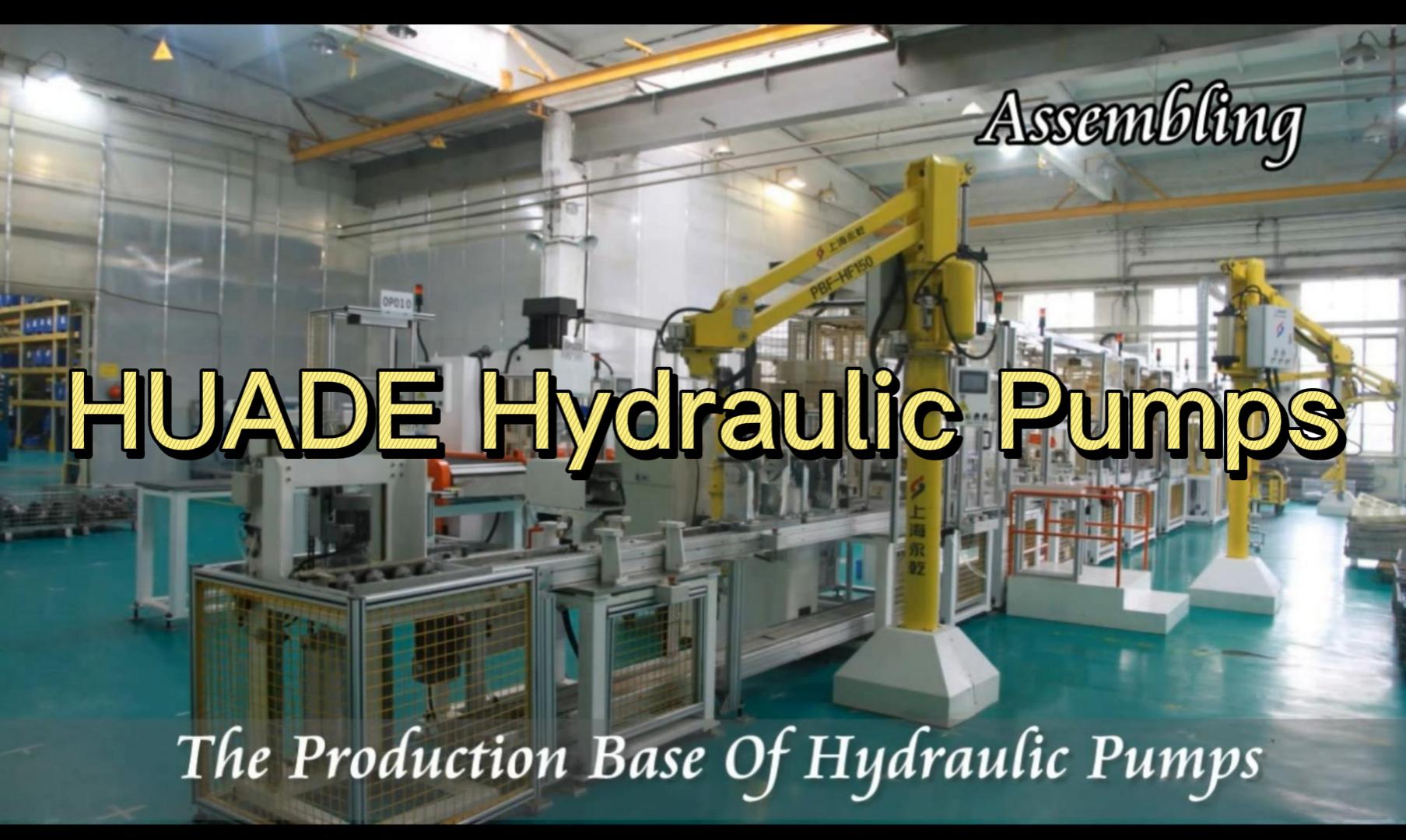- Things to Keep in Mind When Replacing a Hydraulic Pump Motor
Whether you're replacing a hydraulic pump motor or just doing maintenance on it, there are a few things to keep in mind. This article will discuss some of them.
- tractor
Agricultural tractors usually have hydraulic pumps that power the seed drill, or other mechanisms. They are a great way to generate power. However, a broken pump can cause a lot of problems for your job site. It is important to know the right steps to take if you are in need of a new pump for your tractor.
The biggest question you need to ask yourself is: which type of pump is best for your needs? Hydraulic pumps are perfect for moving large amounts of fluid. They are also good for powering heavy equipment. They can also be found outside of tractors in some applications.
A hydraulic pump is not a good option for low temperature applications. They do not perform as well as electric motors at cold temperatures. They may also need regular lubrication. They require more maintenance than other motor types.
They are not the best choice for all applications. They are especially useful in the agricultural industry. They are also an excellent choice for powering industrial equipment. They are also good for machine tools and log splitters.
- hydraulic pump motor
Generally, a hydraulic pump motor is an enclosed piston and gear system that converts mechanical energy into fluid energy. It is used for a variety of applications, such as mining, hauling, machine tooling, and compaction. The overall efficiency of a hydraulic pump is the product of its mechanical and volumetric efficiencies. Several hydraulic pump types are available, including gear, piston, and vane pumps.
A gear pump consists of two interlocking gears. One gear is external and the other is internal. The gears mesh to transfer oil from the inlet to the outlet port. The inner gear rotates faster than the outer gear. The outer gear is located off-centre.
Gear pumps provide high pressures, but efficiencies vary with the amount of speed and fluid viscosity. The maximum pressure the pump can operate at is typically rated in psi.
The mechanical efficiency of a pump is affected by the quality of the gear teeth. A small amount of wear will affect the efficiency until a critical point. The shape of the gears is also a factor, as the shapes are designed for constant speed transmission drives.
- motor hydraulic
Unlike an electric motor, a hydraulic pump motor has a single directional rotation. It is composed of three primary parts: a motor, a pump and a reservoir. The motor is essentially a piston with a shaft that connects to a socket plate. The socket plate is pivotal to the motor's operation.
The motor's operating torque is a function of the working fluid pressure, the motor's speed and the size of the pistons. It's also a good idea to look for a pump that's structurally self-priming. This means that it can't be connected directly to a low-pressure chamber.
The axial-piston variable stroke (APV) is also known as the variable displacement hydraulic pump. It's a pump that's designed to pump hydraulic fluid at a variable speed.
It's also a good idea to get a system that's tested for fluid integrity. This can help prevent unnecessary breakdowns and strain on the motor. Taking samples of both the fluid and the oil at several points on the motor can show you if there are any problems with the system.
- hydraulic gear pump
Unlike piston pumps, hydraulic gear pumps are used for transferring fluids. They are used in a variety of applications. These pumps work with a gearbox, which controls the speed of movement.
They have a lower cost than other types of pumps. However, they can be noisy. This makes them difficult to operate. They can also wear out quickly if not maintained properly. To avoid this, it is advisable to check the fluid levels and refill them according to the manufacturer's recommendations.
Hydraulic gear pumps are often used in industrial and mining applications. They are also used in general engineering machinery. In addition, they are also used in industrial presses and heavy plant equipment. They can also be used for log splitting.
They are used in a wide range of applications, including heavy lifting, machine tools, transportation of raw material oil, fuel oil and other liquids, and even in aeronautical components. They are also used in CNC lathes and other hydraulic-powered machines.

 中文
中文 English
English Español
Español Français
Français


